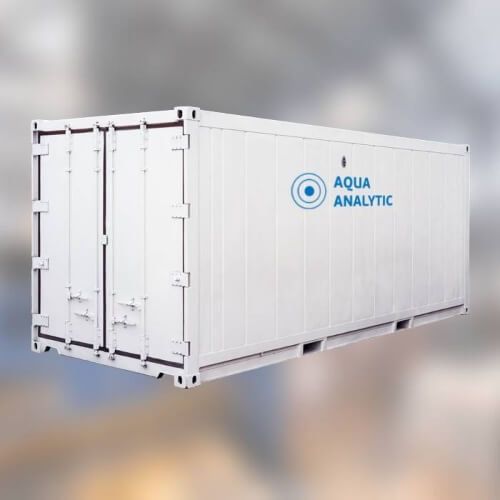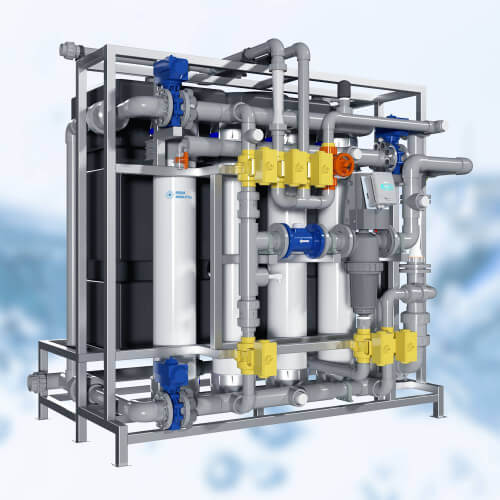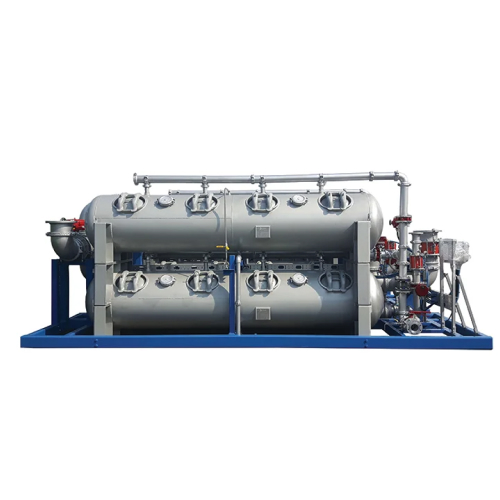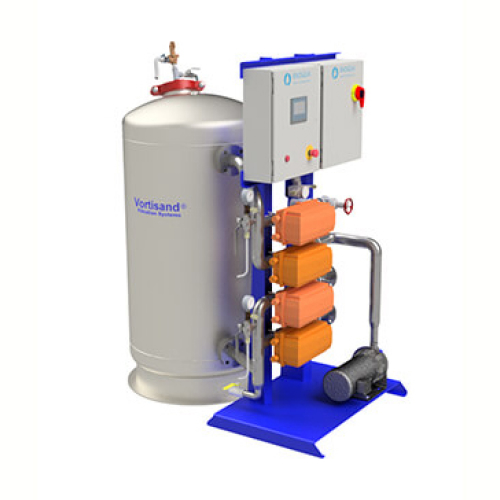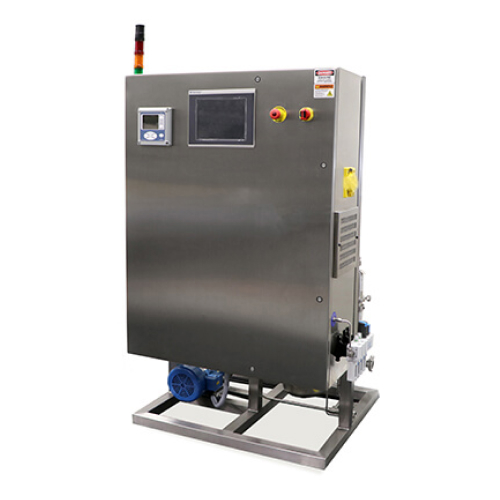Precision in water desalination
Choosing the right equipment to achieve optimum results from desalination plants and systems

Desalination plants play a pivotal role in addressing water scarcity by turning seawater into a valuable resource. The effectiveness of these plants relies significantly on the proper selection of equipment, a critical factor that hinges on incoming water quality and the desired desalination outcomes. In the pursuit of sustainability and efficiency, understanding the unique characteristics of each desalination project is paramount.

The importance of proper equipment selection cannot be overstated, as it directly impacts the overall performance and longevity of desalination plants. Factors such as the salinity levels, presence of impurities, and specific desalination goals must be meticulously considered. A tailored approach ensures that the chosen equipment, whether it be pumps, membranes, or control systems, aligns perfectly with the project’s requirements, maximizing efficiency and minimizing operational costs over time.

Each desalination project is inherently unique, presenting distinct challenges and environmental conditions. The geographical location, climate, and water source characteristics vary from site to site. Consequently, a one-size-fits-all approach is inadequate. European assembly of desalination equipment is known for its quality and adherence to rigorous standards. The integration of advanced technology in European-made systems ensures reliability, efficiency, and adherence to environmental regulations, contributing to the success of diverse desalination projects globally.
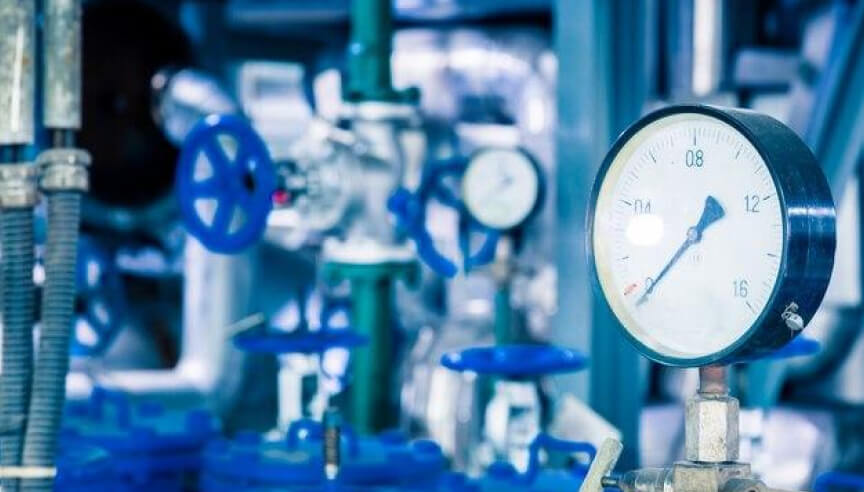
The desalination process typically involves three key stages: pre-filtration, reverse osmosis, and disinfection. Pre-filtration is essential for removing larger particles and impurities, protecting the reverse osmosis membranes from damage. Reverse osmosis, the heart of the desalination process, utilizes a semi-permeable membrane to separate salt and other impurities from water. Disinfection ensures that any remaining microorganisms are eradicated, providing a final layer of water quality assurance. The seamless integration of these stages is crucial for achieving the desired desalination results, emphasizing the need for a well-coordinated and technologically advanced system.

In the realm of desalination, Plug & Play systems have emerged as a reliable and customer-friendly solution. These pre-assembled systems offer a plug-and-play functionality, streamlining the installation process and reducing downtime. Plug & Play systems are designed with user-friendliness in mind, providing operators with a hassle-free experience. The simplicity of these systems does not compromise their efficiency; on the contrary, it enhances reliability and ease of maintenance, contributing to the long-term success of desalination projects around the world.
In conclusion, the selection of equipment for desalination plants is a meticulous process that requires a deep understanding of the incoming water quality and project-specific objectives. European-made systems, incorporating advanced technology, offer a reliable foundation for diverse desalination projects. The three-stage process of pre-filtration, reverse osmosis, and disinfection is fundamental for achieving optimal desalination results. Plug & Play systems, with their user-friendly design and streamlined installation, represent a modern and efficient approach to desalination, ensuring sustainability and success in addressing the global water scarcity challenge.
BLOG
DOWNLOAD PDF
Disinfection and purification in water treatment. Evoqua equipment
VIDEOS
Products
Videos
Request a quote
You can trust the 10-year experience of our engineers in striving to provide the best solutions for your business!


